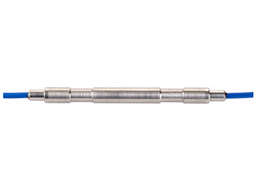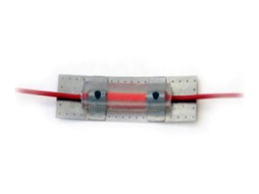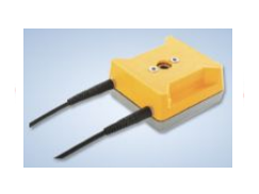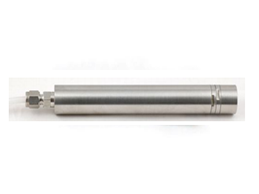
Temperature sensors
Fiber Bragg grating sensors, which reflected wavelengths shifts in response to temperature changes

Strain sensors
Operate very similarly to the temperature sensors, the wavelength responds to the applied strain

Displacement sensors
Displacement sensors measure structural deformation estimation using the strain data






